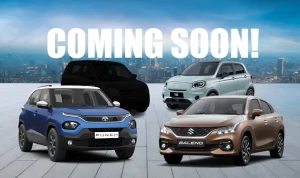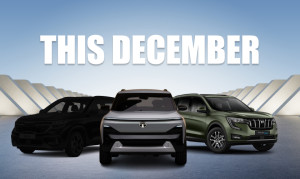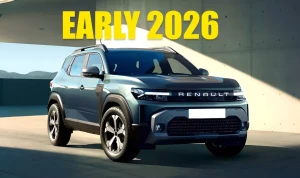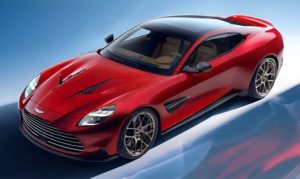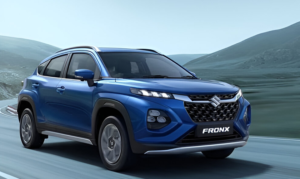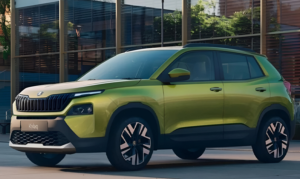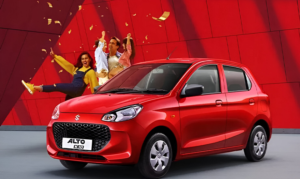Indian EV market (US$2B in 2023) projected to hit US$7.09B by 2025; annual EV sales could reach 10M units by 2030.
- Indian EV market to grow from $2B(2023) to $7.09B(2025)
- Annual EV sales may reach 10M units by 2030
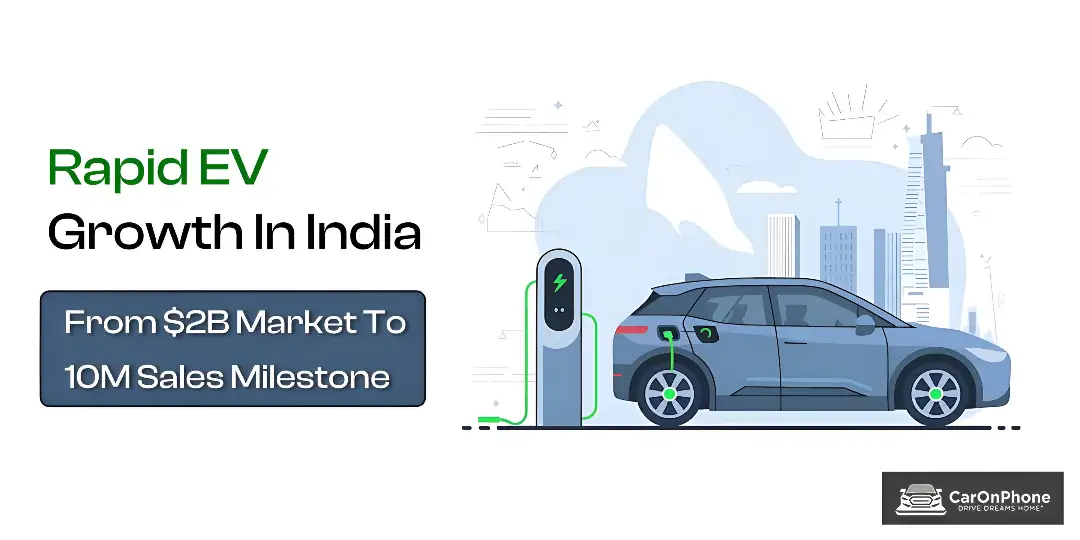
India’s electric vehicle market stands at a bright turning point. New policies and rising eco awareness have pushed the nation to choose clean green mobility. In 2023 India’s electric vehicle market was worth $ 2 billion. Industry experts and recent reports project it to rocket to $7.09 billion by 2025 climbing over three times in 2 years
Electric vehicles refer to automobiles powered by electric motors rather than petrol or diesel engines
The automobile industry is changing fast with electric vehicles growing much quicker than traditional vehicles
Key Drivers Behind Growth
- Strong Government Policies:
- The FAME scheme offers incentives for EV purchases and charging infrastructure.
- Investment in public transport electrification is rising.
- Rising Fuel Prices:
- India imports much of its oil, leading to higher fuel prices each year. Electric vehicles provide a cheaper, eco-friendly alternative.
Sales and Market Segments
- Annual Sales:
In fiscal year 2025, cumulative EV sales crossed 6.1 million units, with annual sales over 2 million units. - By 2030, annual EV sales are estimated to reach around 10 million.
Market Segments
Two-wheelers: Over 50% of all annual EV sales are two-wheelers, mainly scooters and motorcycles.
Three-wheelers: Account for around 36% of the market, commonly used for local transport.
Cars: This segment is growing each year, thanks to expanded charging networks and new model launches.
Buses: E-buses are increasingly rolled out for public transport by state governments.
India’s Push to Cleaner Roads
– The FAME Scheme:
- The scheme provides incentives for buying EVs and supports charging networks.
- Over ₹10,000 crore ($1.43 billion) allocated so far for incentives and support.
– Charging Infrastructure:
- More charging stations are being installed every month, though heavy growth is still needed to match future demand.
- In 2024, India had about 32 EVs per charging station.
Benefits of Going Electric
- Reduced Pollution:
EVs can help cut air pollution in cities, making daily travel healthier. - Lower Running Costs:
Electricity costs less than petrol and diesel, so EVs save money over time. - Maintenance:
EVs have fewer moving parts, which leads to fewer repairs and lower service bills.
Challenges for Fast Adoption
- Limited Charging Stations:
More infrastructure is required, especially outside big cities. - High Upfront Cost:
While running costs are less, many EVs are still more expensive to buy than regular vehicles. Price drops are expected as technology improves. - Battery Supply:
Most batteries are imported. India aims to ramp up local battery production in the coming years.
2030 Vision and Future Predictions
- By 2030 EVs could make up 30– 35 % of all yearly vehicle sales changing how Indian roads look and drive
- The market could see 10 million units sold every year, with total market value crossing $100 billion by 2032
Features & Offerings
EV vehicles come packed with smart features catering to Indian buyers:
- Fast Charging:
New models support rapid charging, minimizing wait times. - Long Battery Life:
Improved battery tech brings longer ranges between charges. - Smart Apps:
Track charge and power usage easily. - Reliable Driving:
EVs now offer smooth and safe rides, with lower maintenance needs.
What to Expect Next
- Improvements in battery tech will make electric vehicles cheaper and more reliable
- More choices in vehicle types, including affordable electric cars, bikes, autos and buses
- FAME and other policies may be extended continuing to lower prices and support eco friendly travel
Tags:
CarOnPhone is your one-stop destination to see all upcoming cars, latest cars, released cars, and EV Cars, and compare Cars in all Car Brands. Stay tuned and follow us to update yourself on the automotive world.

